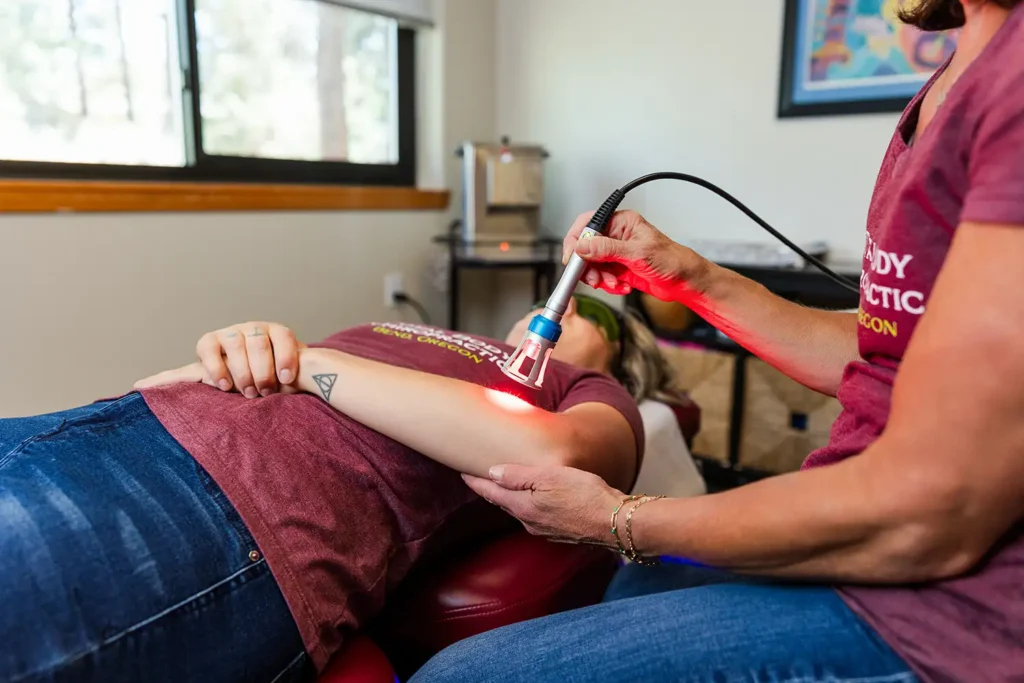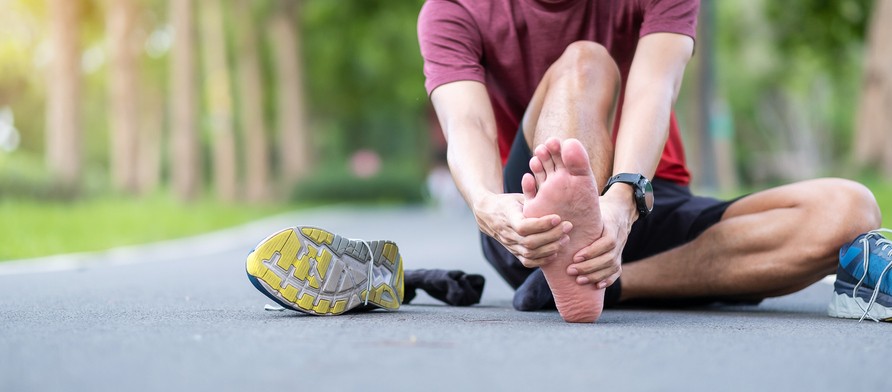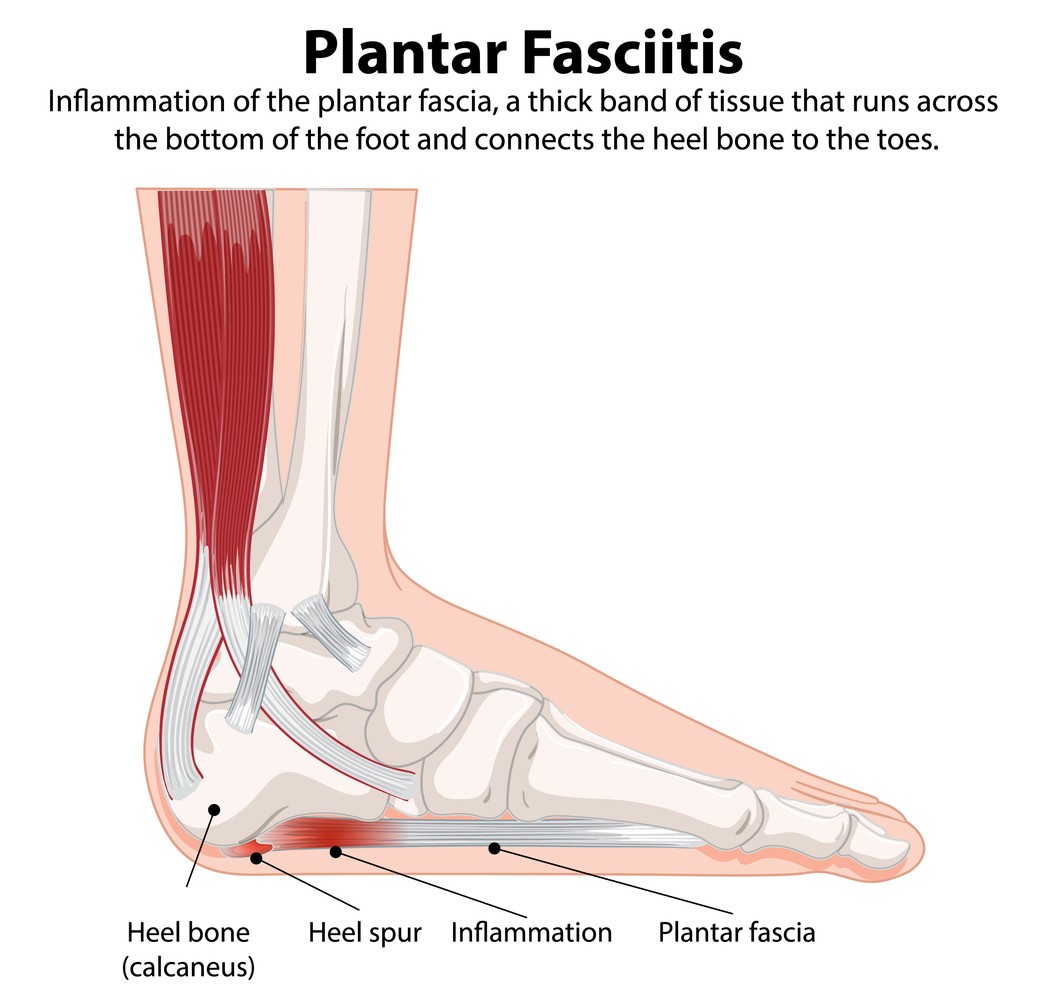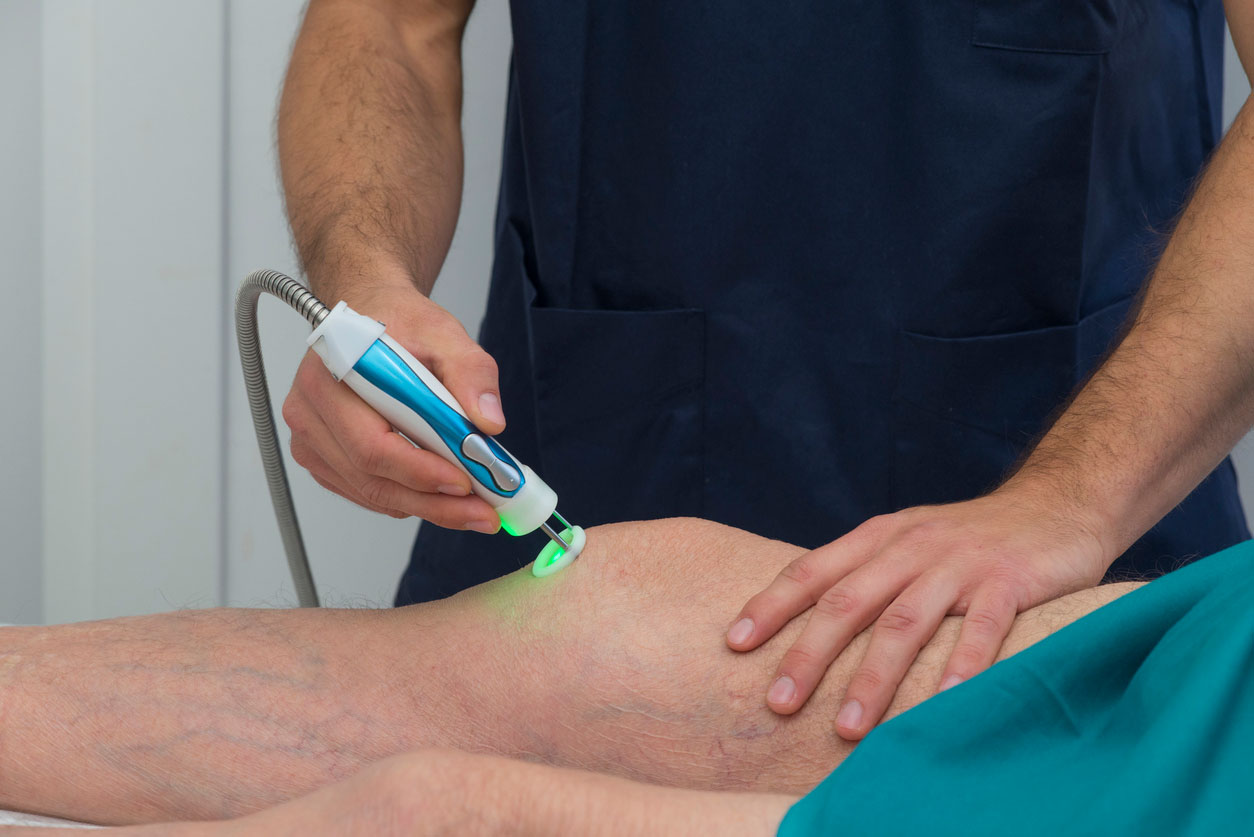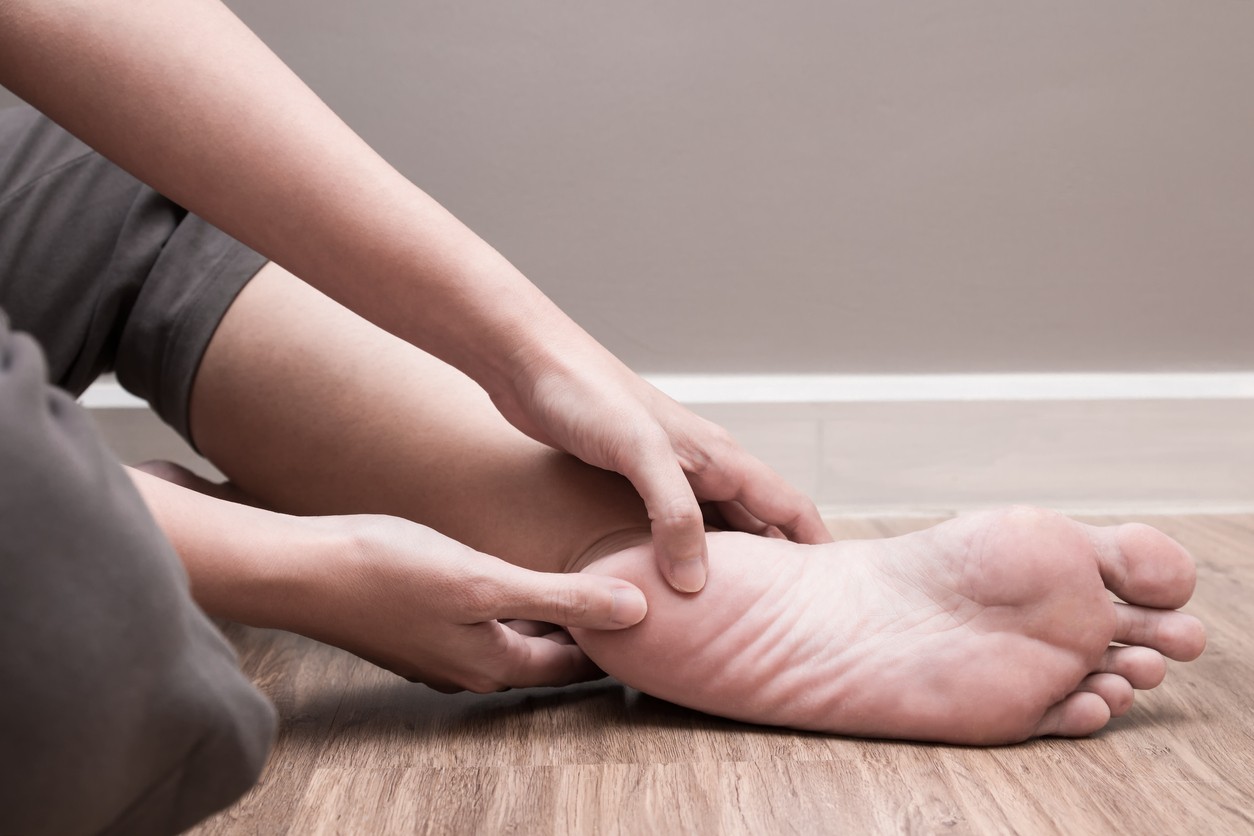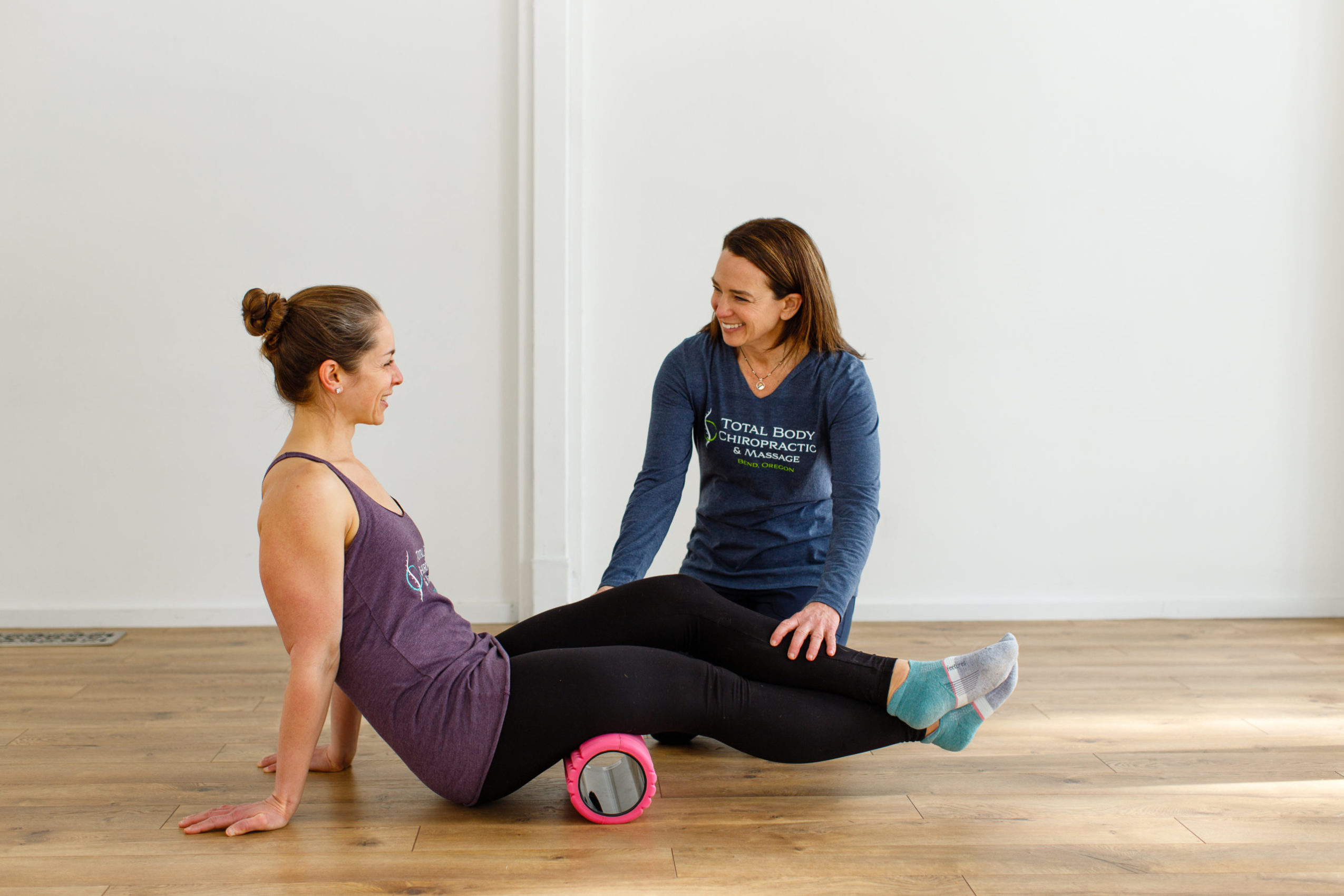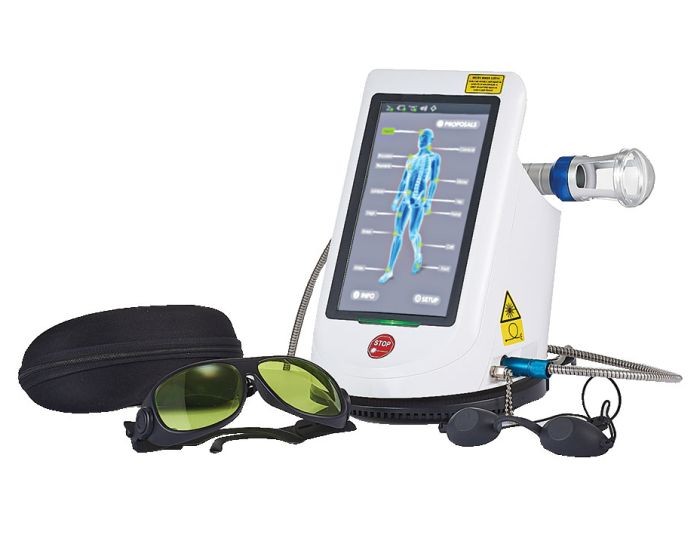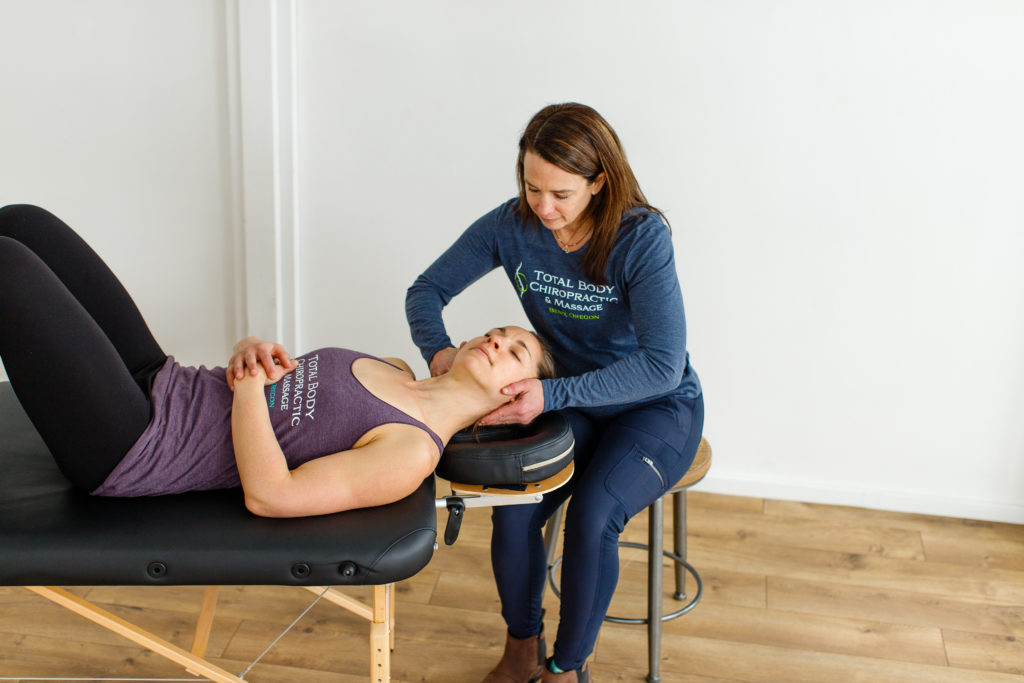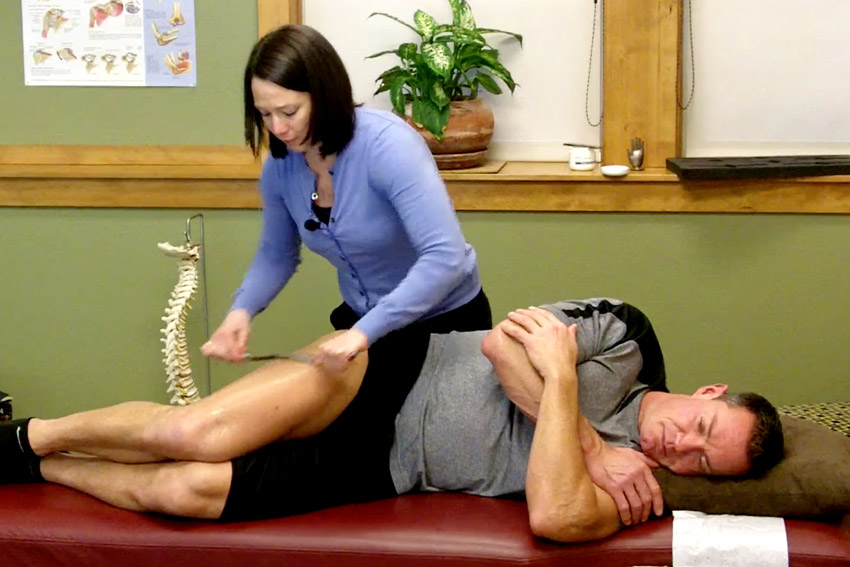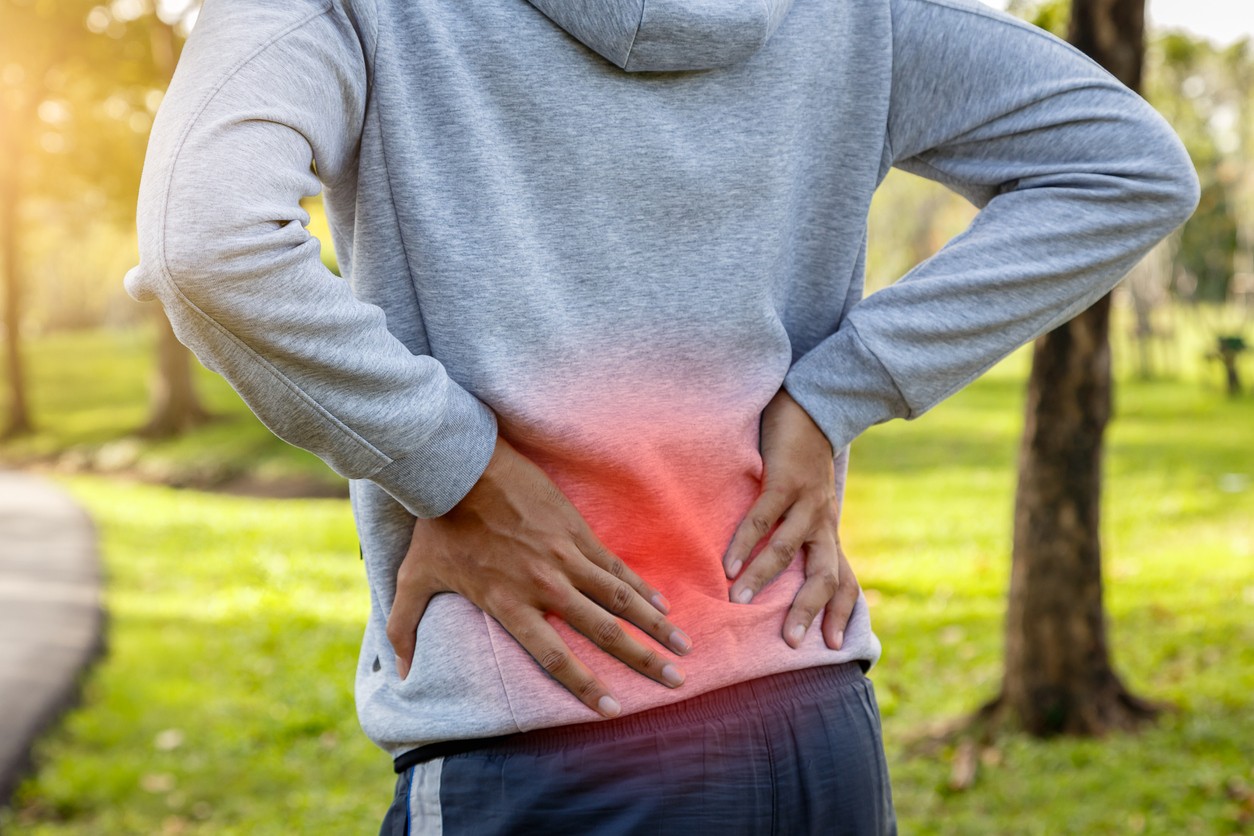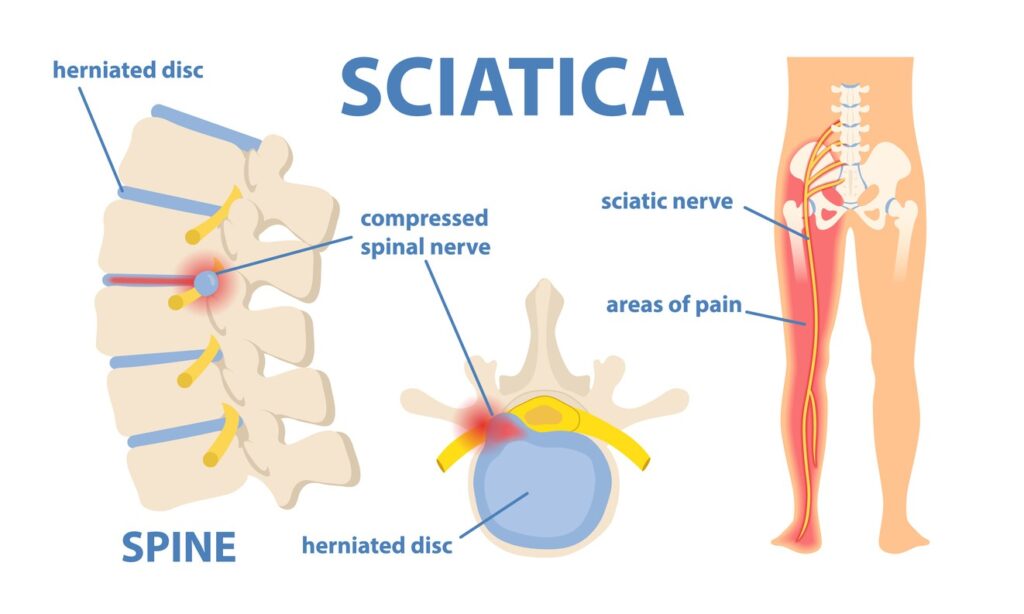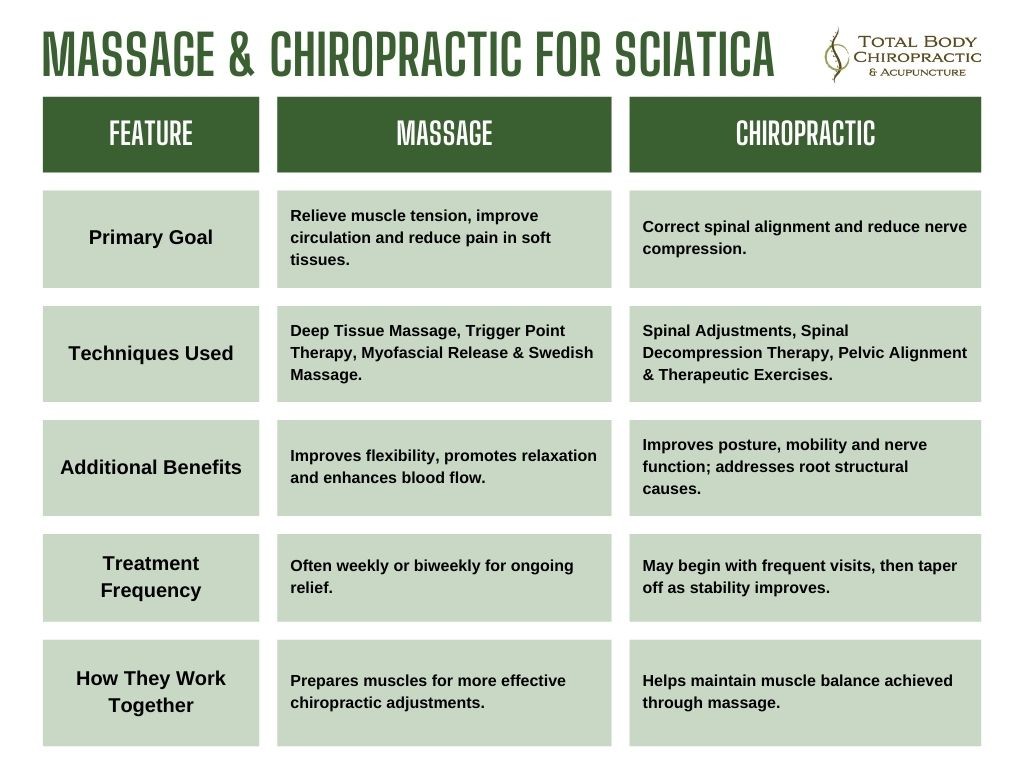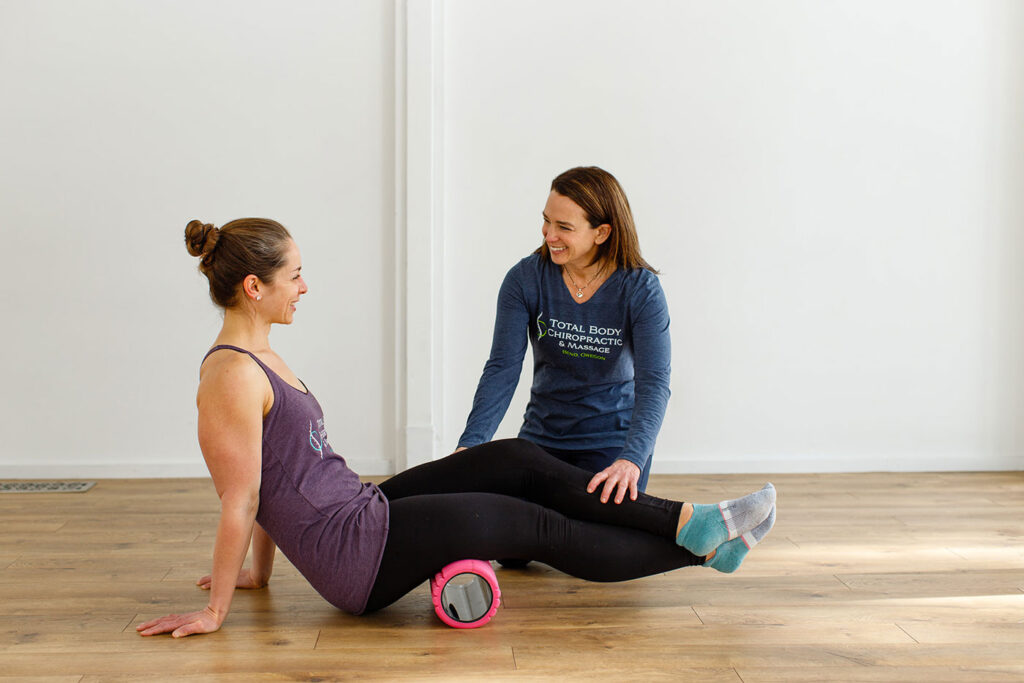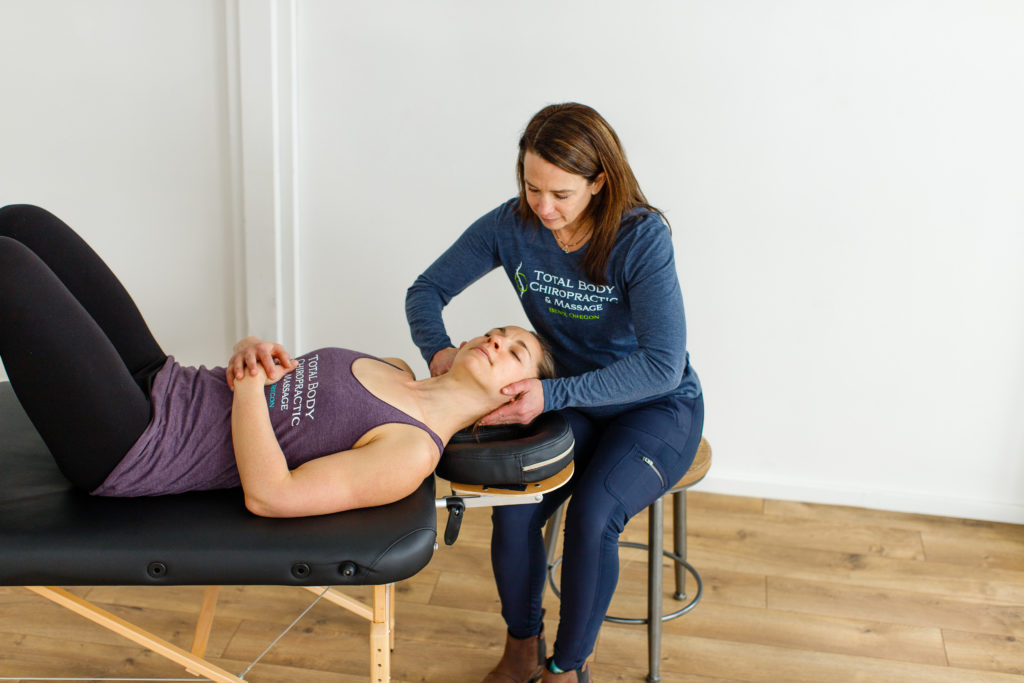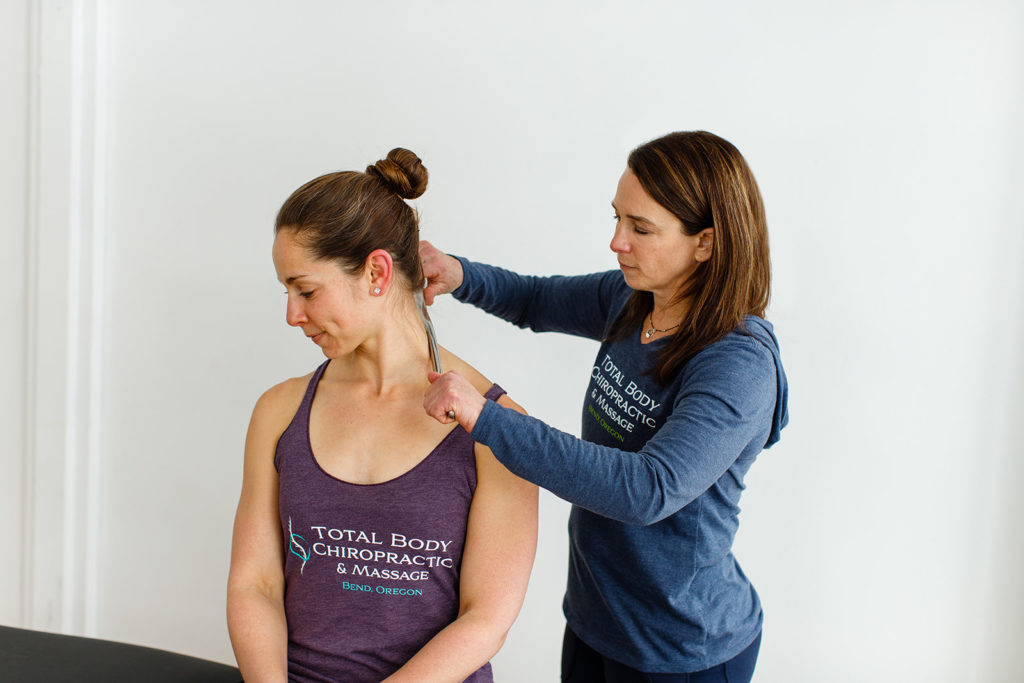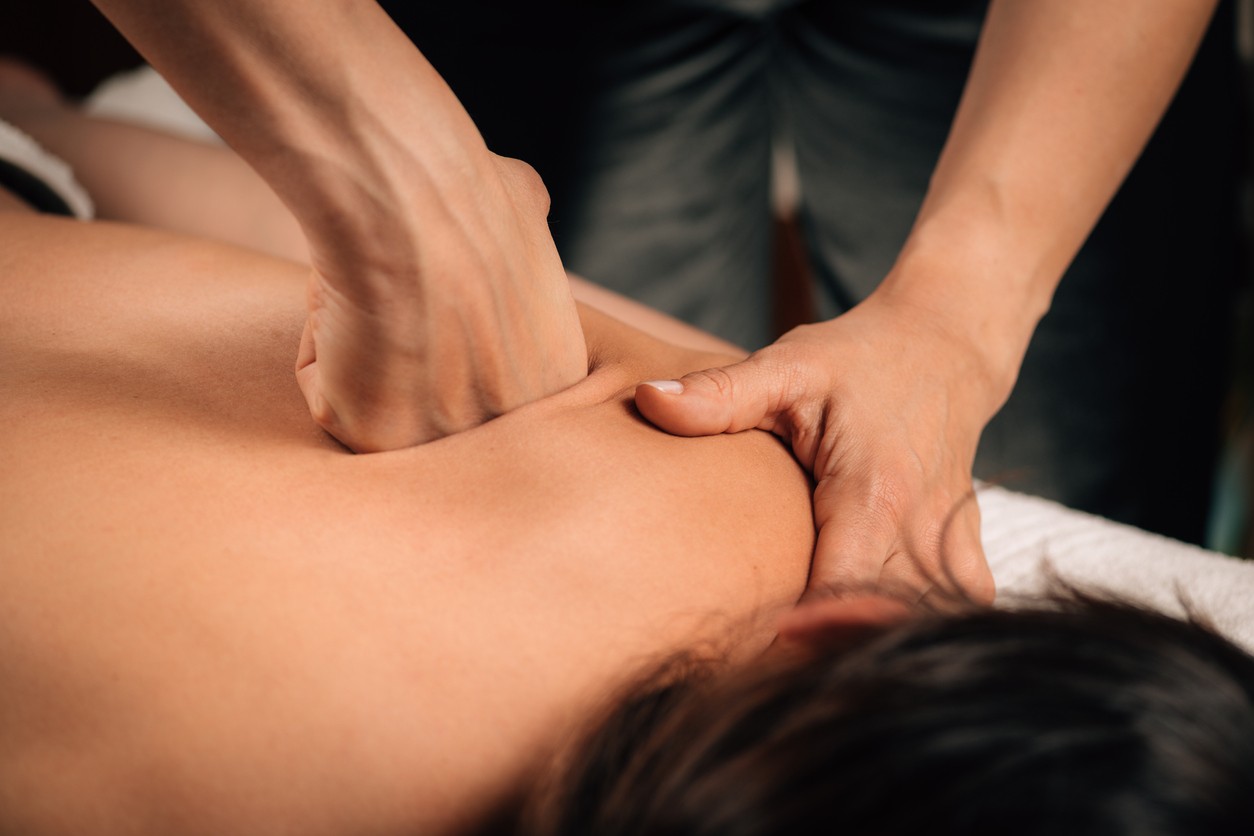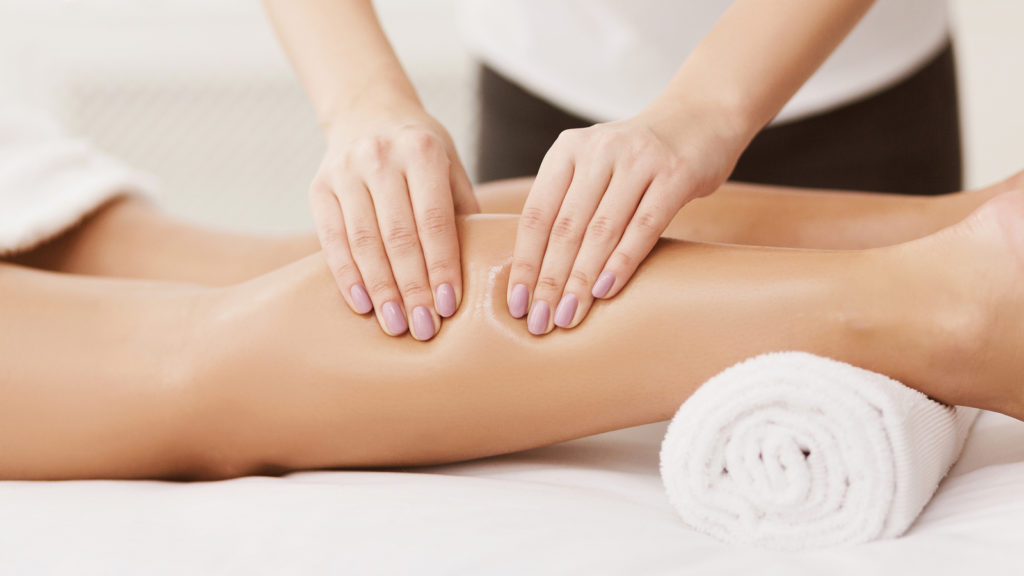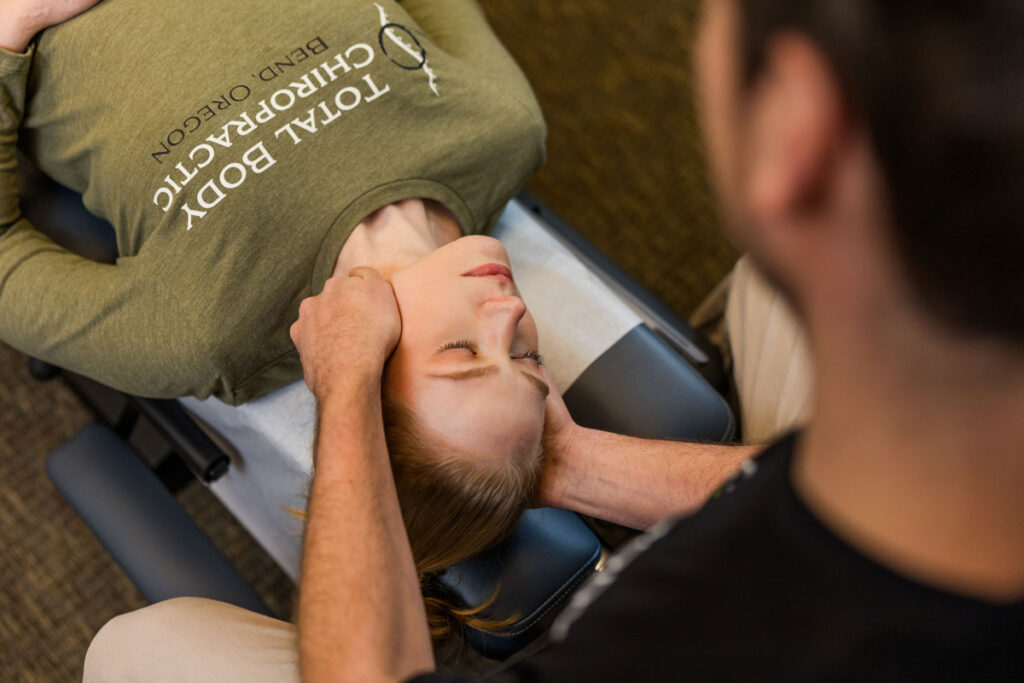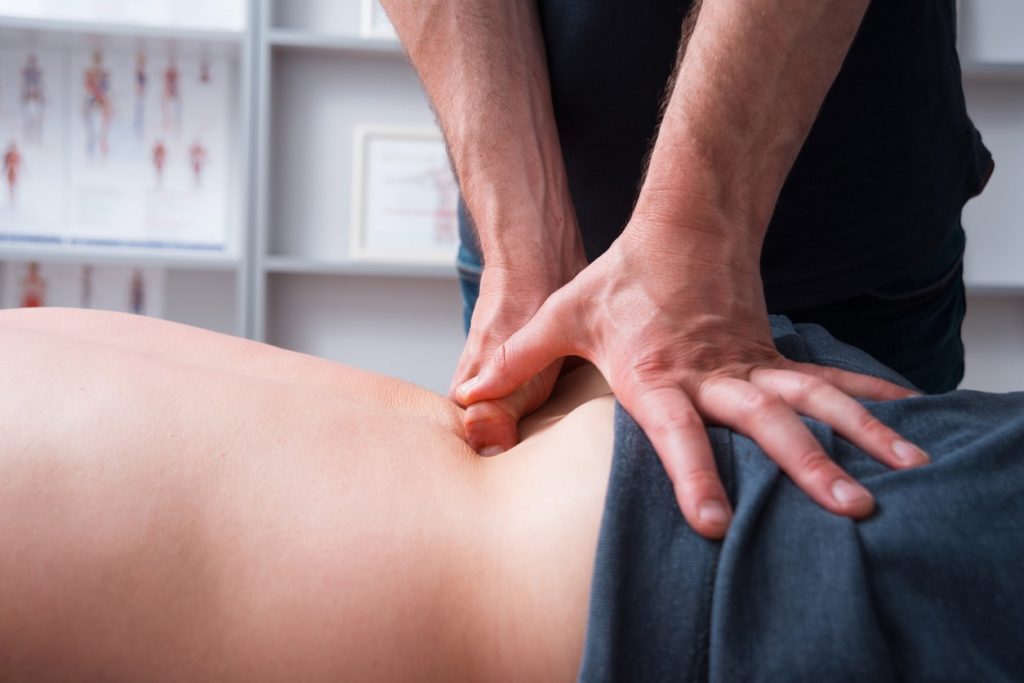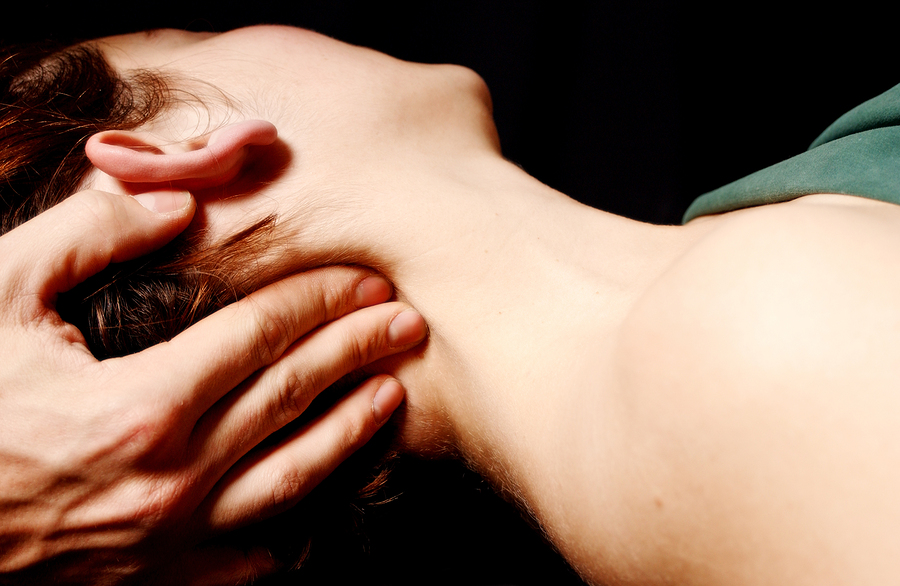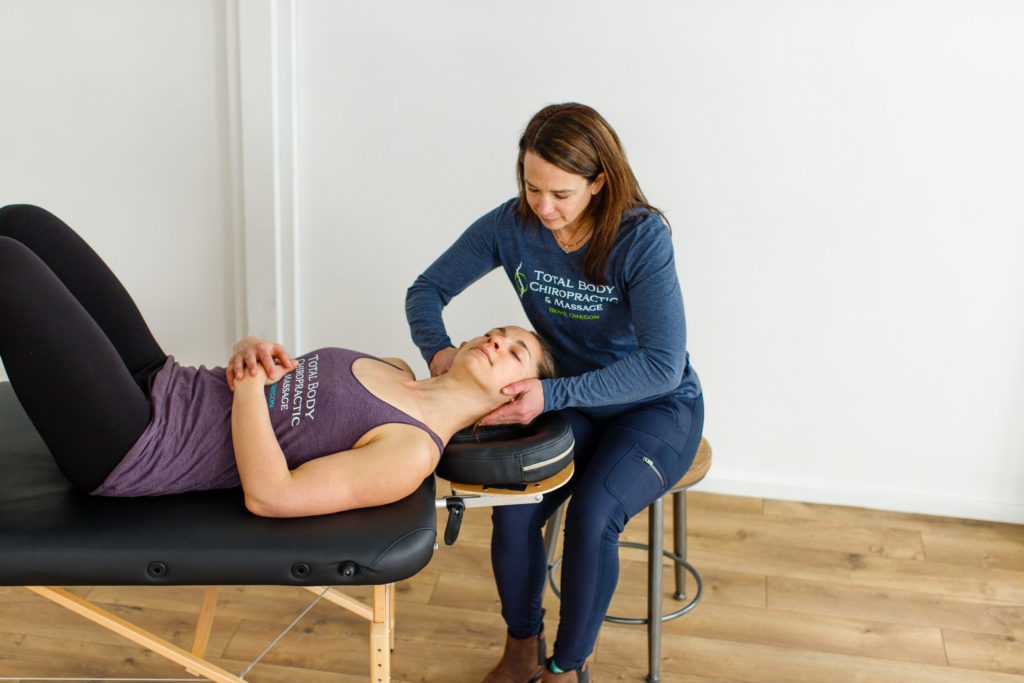Prevent Holiday Back & Neck Pain with Chiropractic Care
The holiday season brings plenty to look forward to — festive gatherings, travel, decorating, skiing with the family, and cozy evenings by the fire. But along with the cheer, it often brings something else: lower back pain, stiff necks, tight shoulders and mid-back tension.
At Total Body Chiropractic in Bend, we see it every year. Patients who felt fine in early fall suddenly return with flare-ups from:
- Poor posture from travel and long sitting stints
- Sleeping in different beds or on couches
- Lifting decorations, groceries, and gifts
- Stress and tighter muscles
- Winter sports like skiing and snowboarding
- Cold temperatures that tighten muscles and joints
Even if you don’t usually experience discomfort, the shift in routine, added physical load, and stress of the season can challenge your spine and nervous system. That’s why now is the time to get ahead of it. Regular chiropractic care builds strength, mobility, and nervous-system balance — so your body handles the holiday bustle with ease rather than strain.
Let’s explore how our Bend chiropractors can help your overall health and set you up for a comfortable, energetic season.
Why the Holidays Create the Perfect Storm for Back & Neck Pain
Between November and New Year’s, most routines change. Even healthy habits — exercise, stretching, hydration, sleep — may shift. Combine that with physical strain, and the body notices.
Before you deck the halls, it helps to know what can throw your body off balance. Here are the most common holiday pain triggers — and why they matter.
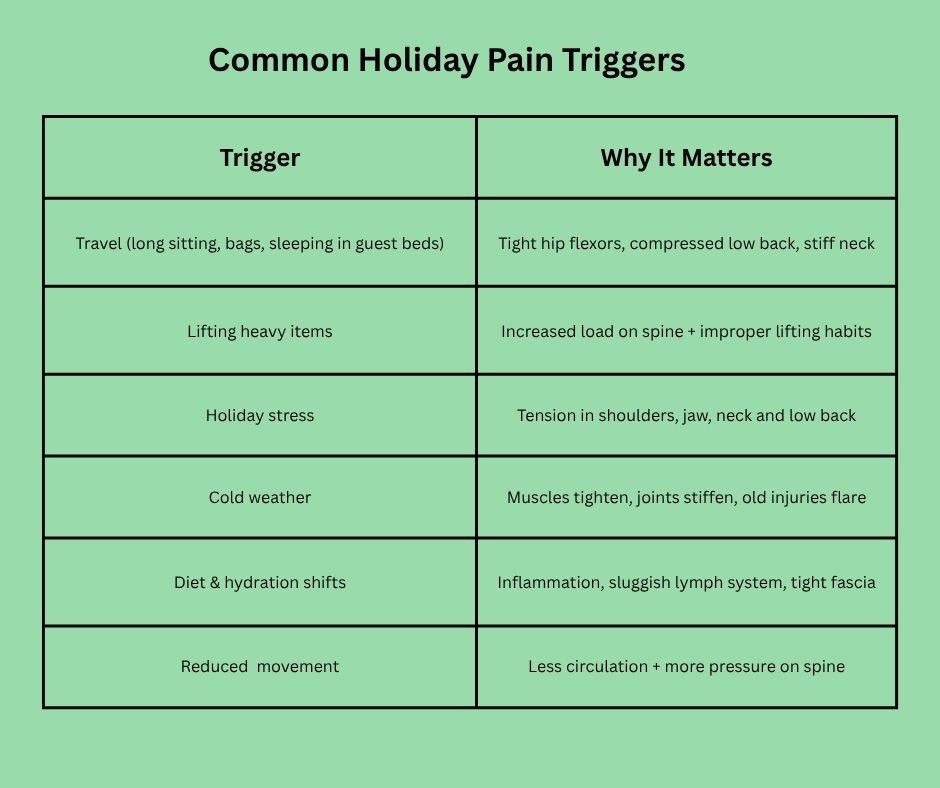
If we go into the season already tight or misaligned, this added load stacks quickly — and results in aches and pain.
How Regular Chiropractic Care Helps You Stay Ahead of Pain
Chiropractic treatment isn’t just about relieving symptoms — it’s about optimizing how your spine and nervous system function so you stay active, mobile, and comfortable.
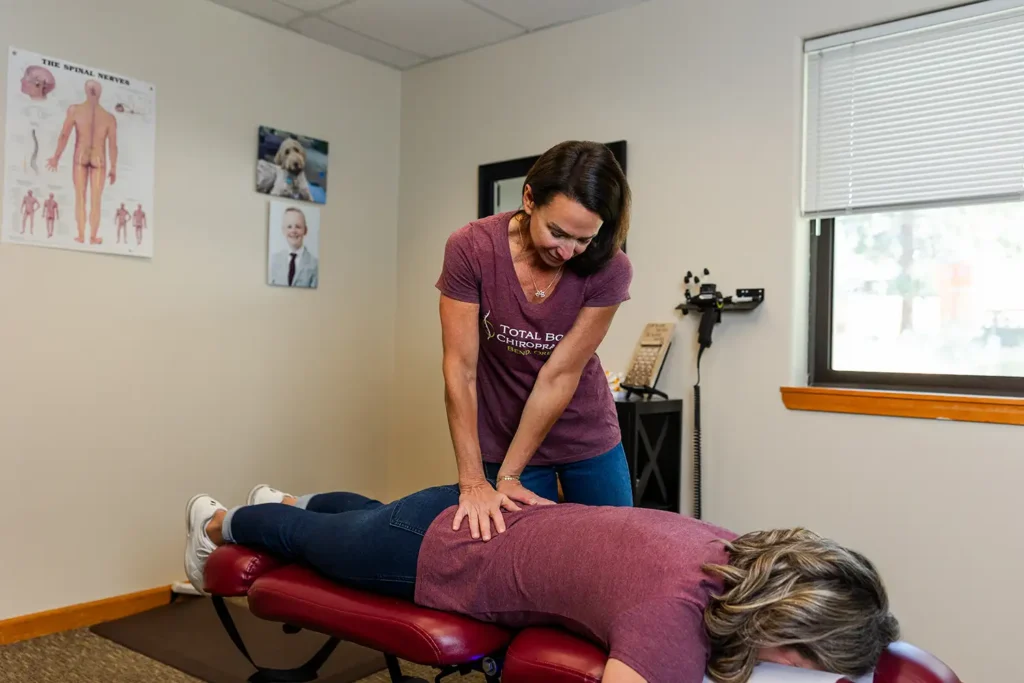
Key Benefits of Starting Care Before the Season
✅ Keeps joints mobile and aligned Healthy spinal motion reduces strain from increased activity and travel.
✅ Helps muscles relax and move better Adjustments support better muscle balance so tension doesn’t accumulate.
✅ Reinforces proper posture and movement patterns Prevents the slouch-snowball effect during travel and busy days.
✅ Improves nervous-system function A healthy spine supports a healthy nervous system, improving stress resilience.
✅ Prevents flare-ups instead of reacting to them Address tightness and misalignments before they become painful problems.
✅ Supports immune & recovery function Better alignment supports the body’s natural healing processes — especially important during cold and flu season.
You’re not just preparing for holiday stress — you’re boosting long-term wellness and resilience.
What to Expect From a Holiday Wellness Care Plan

At Total Body Chiropractic, your care plan is personalized. But most people benefit from:
Early Fall
- Spinal alignment + mobility
- Nervous system support
- Massage therapy to address muscle tension
- Corrective exercises to support your structure
Through the Holiday Season
- Maintenance chiropractic adjustments
- Ongoing muscle and fascia work (as needed)
- Simple stretches and posture routines
- Guidance for lifting, travel, and winter sports
This helps your body stay strong, aligned, and comfortable — even when life gets busier.
Tips for Protecting Your Back & Neck This Season

You play a role in protecting your body too. Small habits go a long way.
When Traveling
- Use lumbar support or a rolled towel
- Take frequent breaks to stretch hip flexors and calves
- Pack light — or distribute weight across multiple bags
- Stay hydrated (your muscles will thank you)
When Decorating or Lifting
- Lift with your legs, not your back
- Keep items close to your body
- Avoid twisting while lifting
- Take breaks to stretch if climbing ladders or reaching overhead
For Stress & Tight Shoulders
Try mini-reset routines during the day:
- Shoulder rolls
- Chin tucks
- Upper-back breathing (expand ribs, not shoulders)
- Gentle neck stretches
Even one minute helps reset posture and tension.
Holiday Chiropractic FAQs
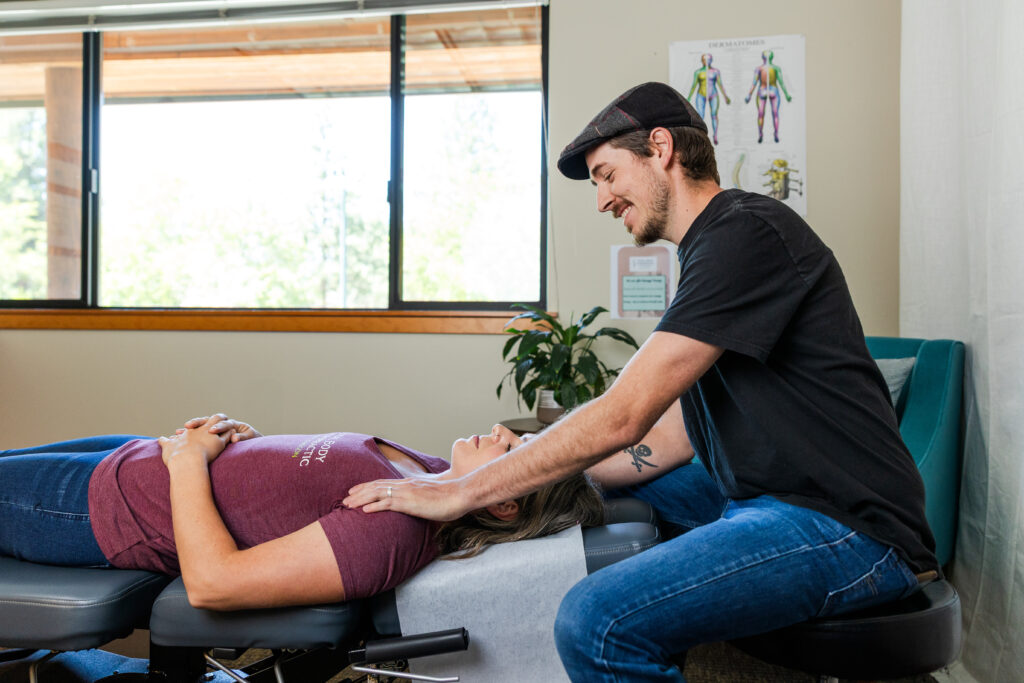
- Is it better to wait until I feel pain to get adjusted? Pain often appears after misalignment or muscle imbalance has already built up. A proactive treatment plan prevents flare-ups and keeps you feeling your best.
- How often should I come in before the holidays? It depends on your needs, but many people benefit from weekly or bi-weekly care leading up to and during the busy season.
- Will chiropractic care help with winter sports? Yes — alignment improves mobility and reduces strain. Many outdoor athletes visit us to prep for ski and snowboard season.
- Can chiropractic support my immune system? The nervous system plays a key role in immune balance. Many patients feel more resilient with consistent care.
- What if I already have pain? We’ll meet you where you are — and create a treatment plan to relieve discomfort, restore mobility, and rebuild strength.
Key Takeaways
- Starting chiropractic care before the holidays reduces stress-related pain
- Spine alignment + nervous system support builds physical resilience
- Travel, lifting, stress, cold weather, and routine changes increase risk
- Regular adjustments, soft tissue work, and movement coaching matter
- Preventive care = easier, more enjoyable, pain-free holidays
Your body works hard — and this time of year asks a lot from it. Our experienced chiropractors can help you finish the year feeling energized and pain-free, not stressed and stiff. Make your fall adjustment appointments now at Total Body Chiropractic in Bend and give yourself the gift of comfort, mobility, and ease — so you can focus on what matters most this season.




